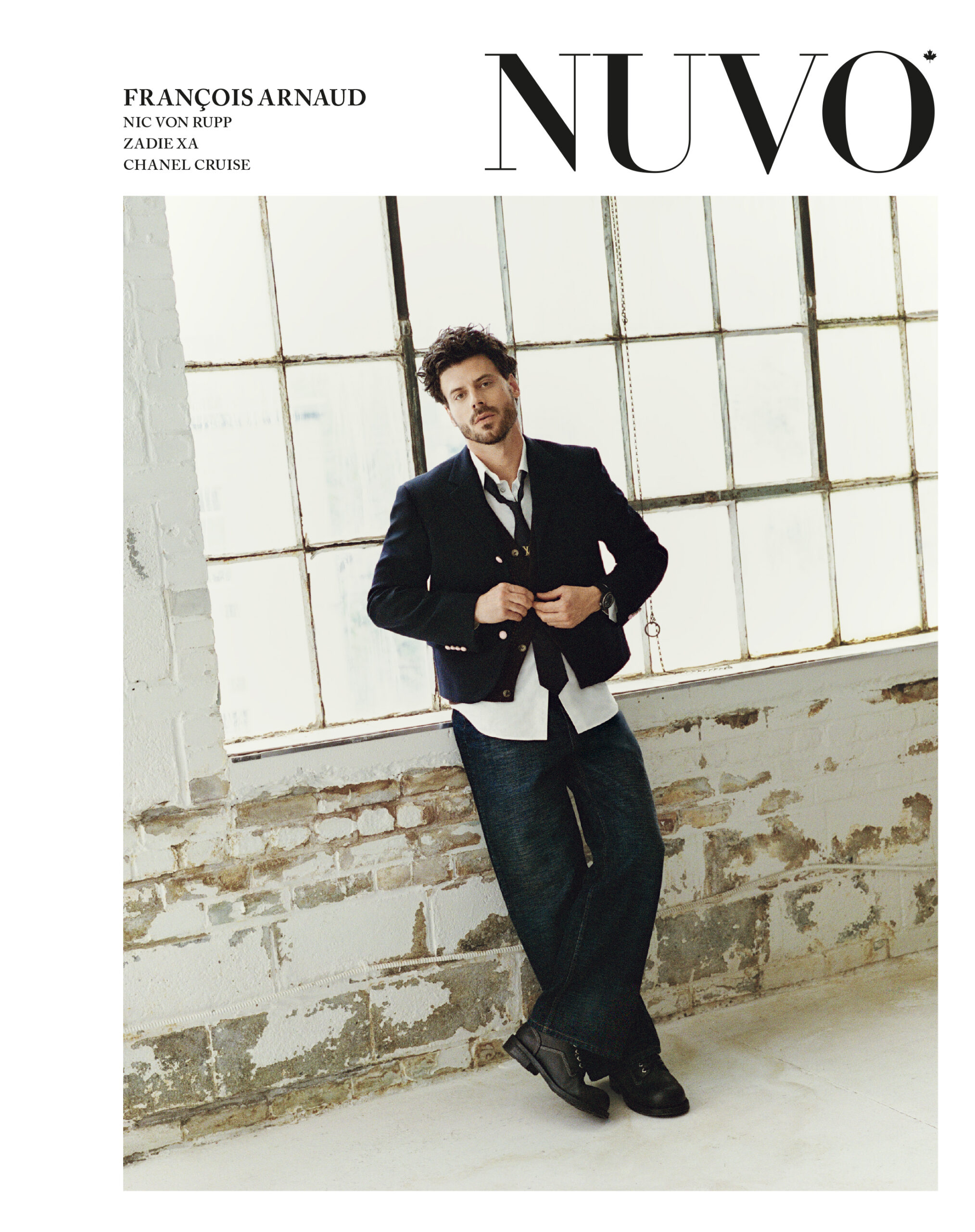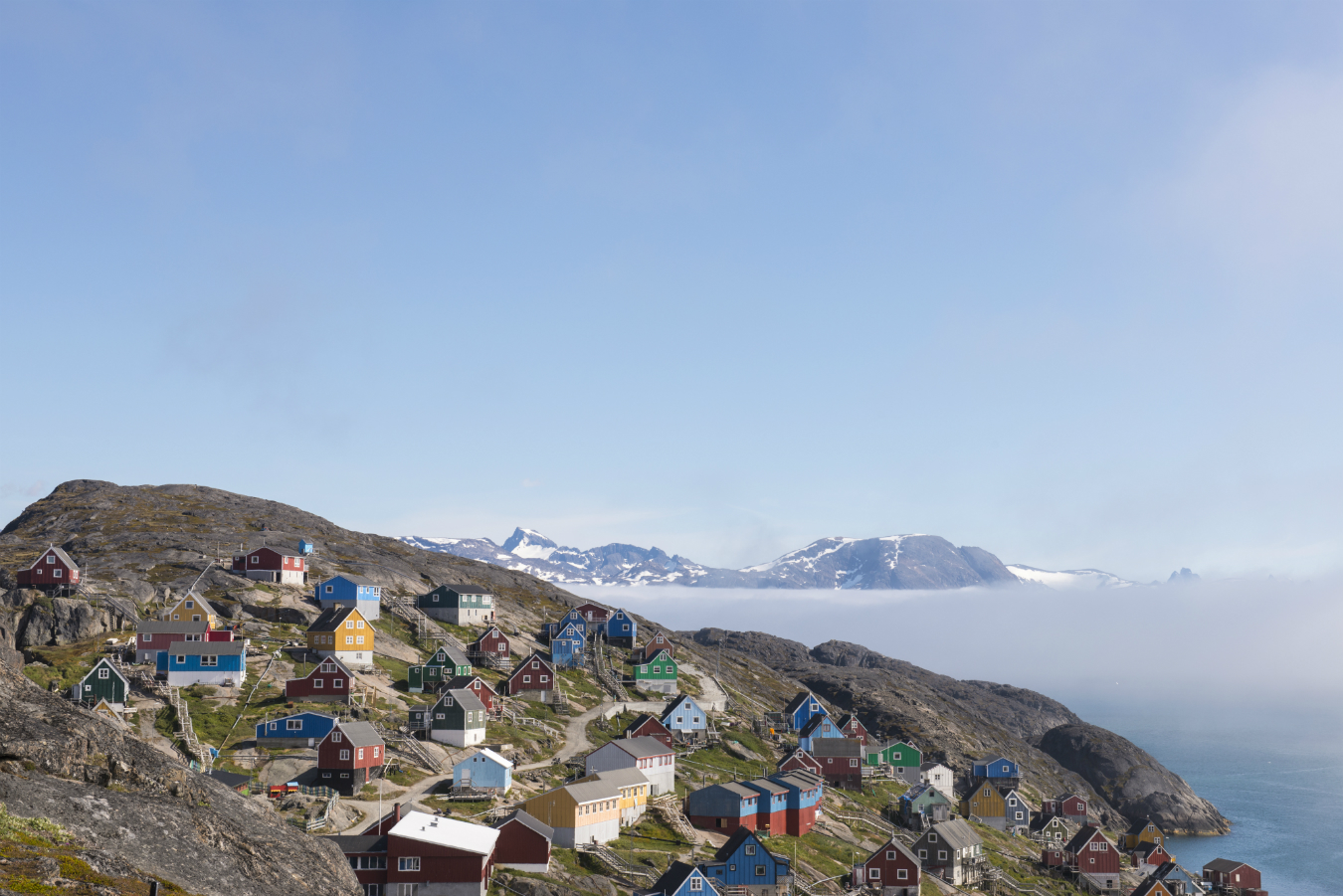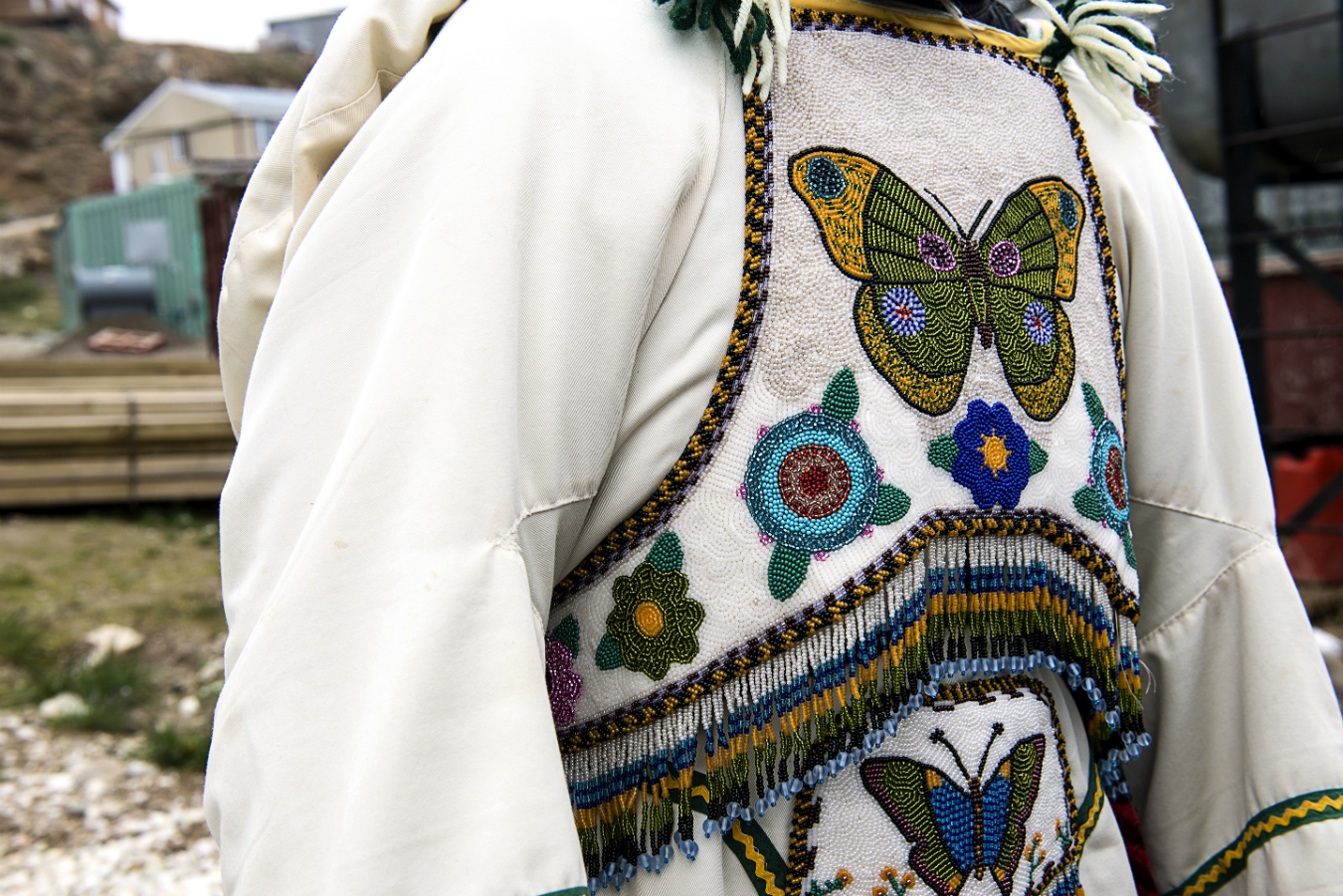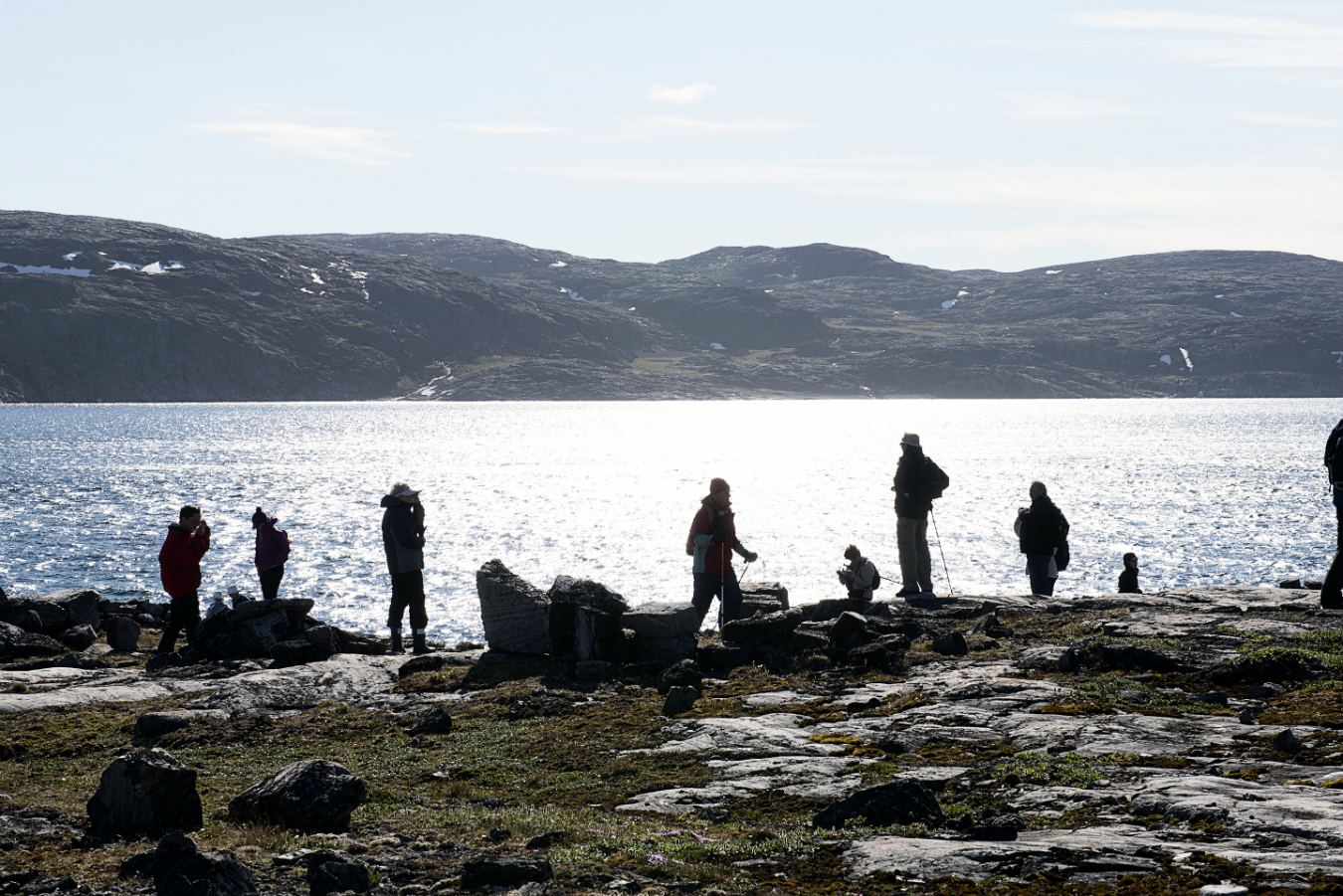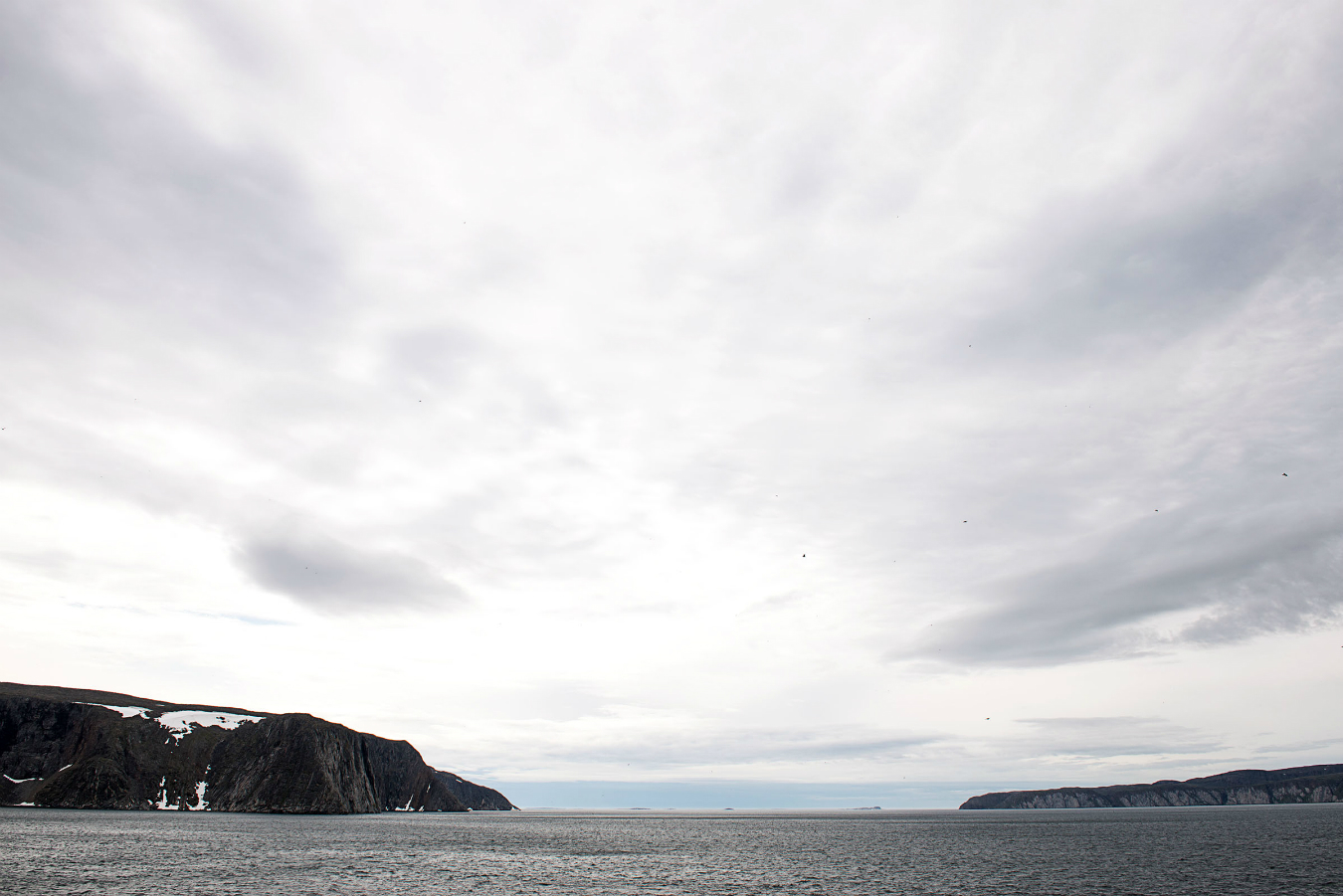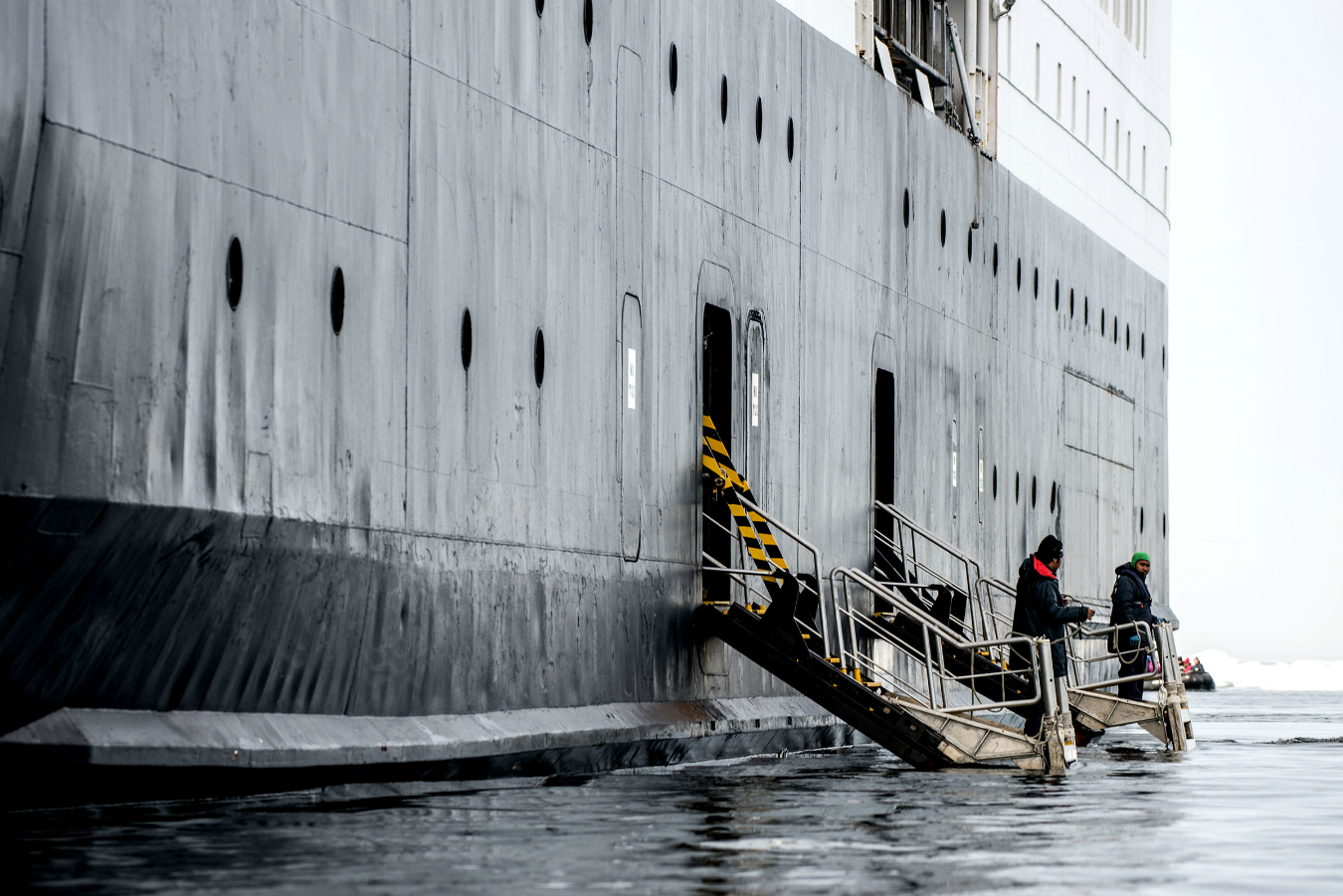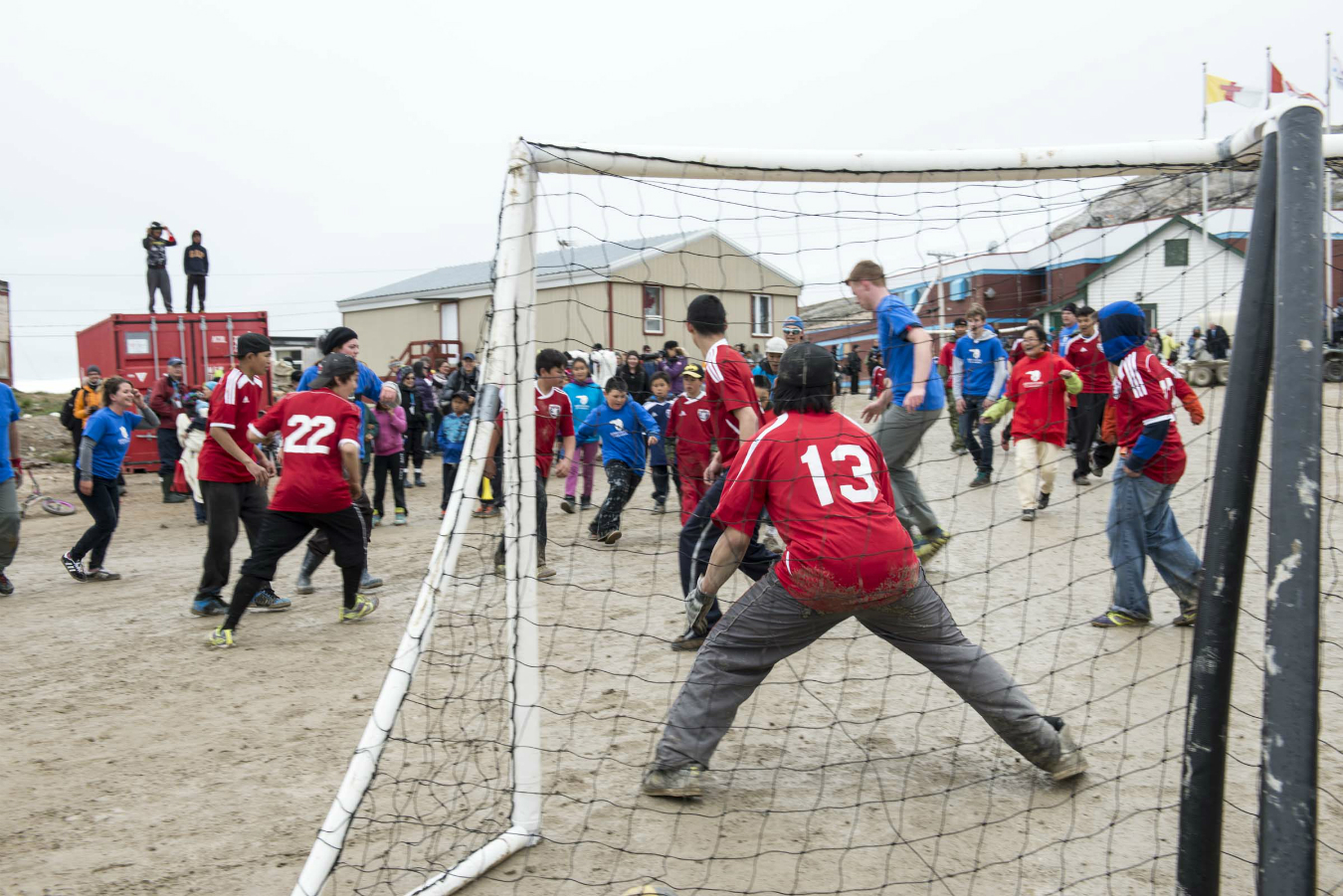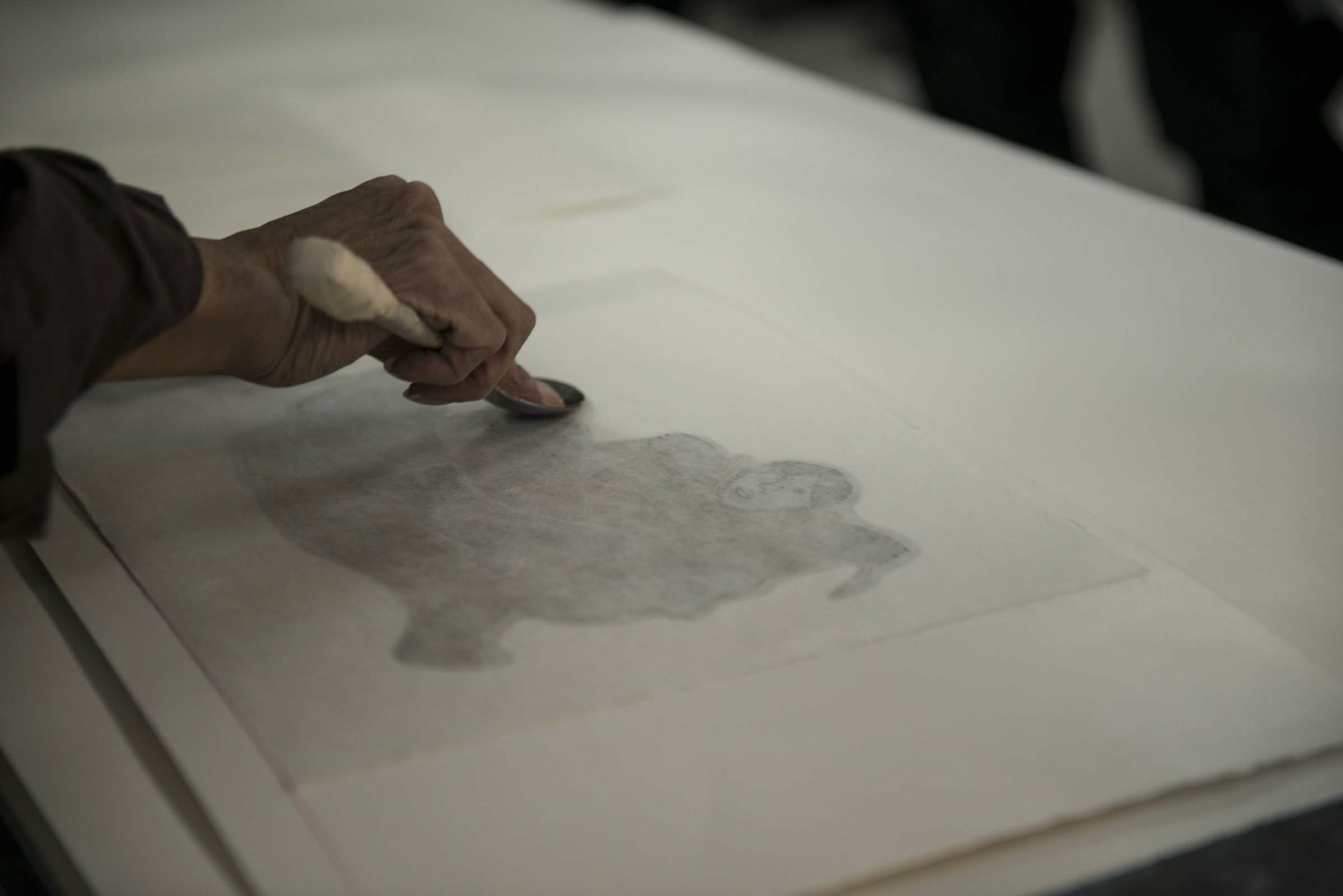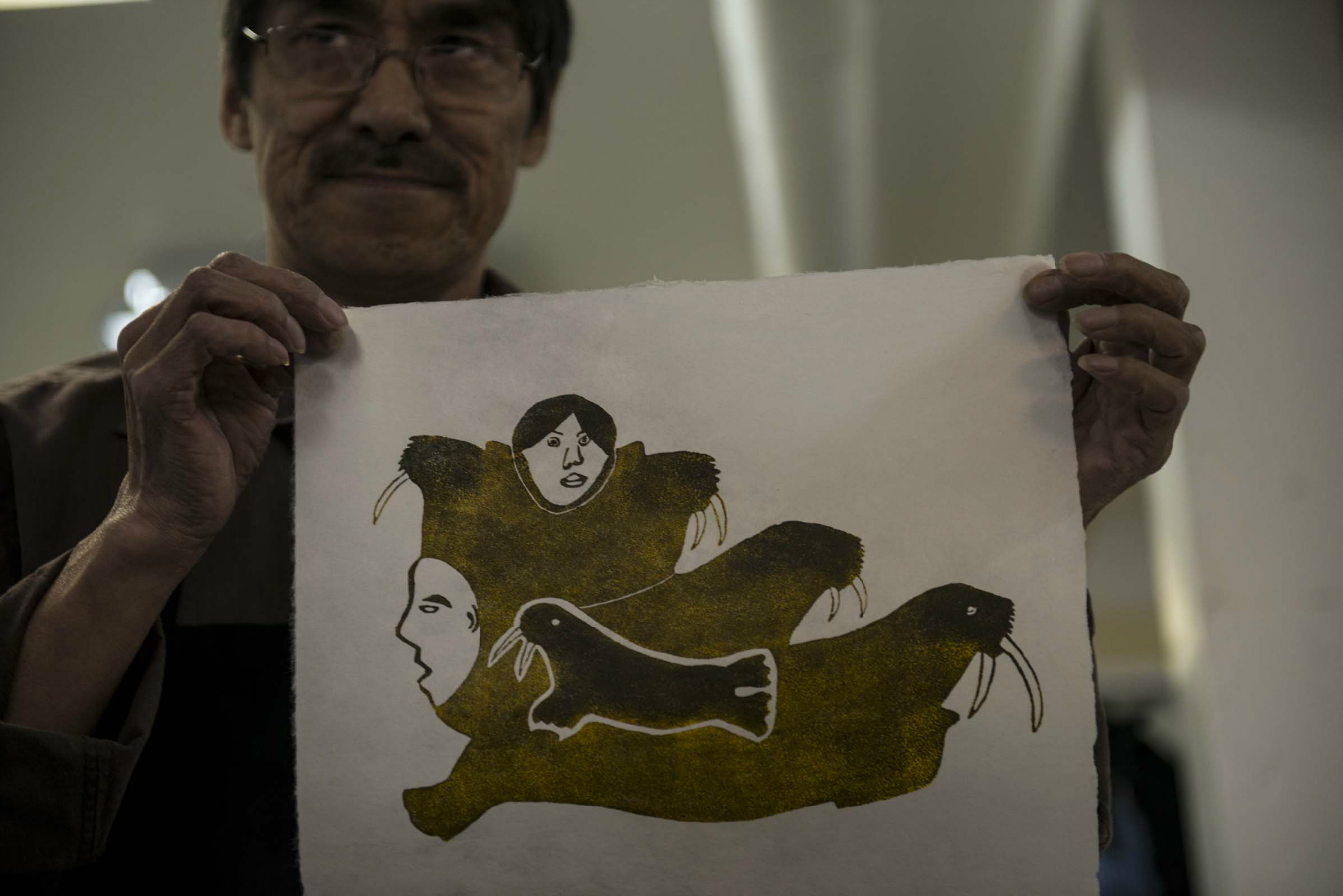Travel company Adventure Canada has tapped into the sweet spot between luxury cruising and adventure tourism with their 13-day Heart of the Arctic expedition.
Founded in 1987, family-owned Adventure Canada works closely with Arctic communities to foster cultural understanding, support development, and preserve wildlife. Specializing in small ship cruises in Canada’s Arctic and Greenland, the tour operator provides a mix of two compelling vacation styles: passengers can traverse the tundra like rugged explorers by day, yet enjoy fine wine and live music before slipping into comfortable cabins at night.
The Heart of the Arctic expedition is Adventure Canada’s most community- and art- focused trip. It brings passengers to Kinngait (Cape Dorset), which is widely hailed as the Inuit’s art capital and is home to some of the region’s most celebrated stone carvers, and the friendly town of Kimmirut to hear live throat singing. The trip includes more nature-oriented stops, too, like Akpatok Island where the world’s largest population of thick-billed murres nest amid polar bears’ stomping grounds. The annual voyage sets sail every July, when the midnight sun is high, tundra wildflowers are in full bloom, and weather conditions are optimal for navigating iceberg-laden waters.
It’s a five-hour flight from Toronto to Kangerlussuaq, Greenland. Once all have arrived, we ready ourselves for an inaugural zodiac cruise, past the 110,000-year-old vast body of ice that covers roughly 80 per cent of Greenland and towards our vessel, the Ocean Endeavour. The ship, outfitted with multiple lounges, observation decks, and luxury amenities, including massage therapy, a heated outdoor swimming pool, hot tub and sauna, will house about 170 passengers in total (a mix of well-travelled retirees, families, a handful of members from the Young Explorers Club and 25 staff members, including musicians, scientists, archaeologists, and storytellers on our trip) until our journey ends in Iqaluit, Nunavut. The sun beams down from high in the sky as we set off to cross the Arctic Circle—it will shine until midnight, keeping the air a perfectly reasonable 10 degrees Celsius for most of the day. On board, happy chatter fills the air—there’s a palpable, shared desire to experience Inuit culture, to see a polar bear, to have an enlightened moment while crossing the Arctic Circle. All in due time—like an iceberg, the entirety of the north cannot be seen at a glance.
“Guests essentially become ambassadors of the north.”
Being respectful of Inuit culture is of the utmost importance when visiting Arctic communities and a group of staff culturalists on board help to explain the local customs through workshops and presentations. Among them is filmmaker John Houston, a veteran Adventure Canada culturalist who grew up in Cape Dorset, Nunavut. “We have staff here who can decode the landscape and the people,” explains Houston of the expedition’s focus on hiring locals. “At first, [the land] seems like a mystery. It seems opaque,” says Houston. “But you’ll be in a zodiac and the guy driving it is an Inuk. He knows the ice and can tell you stories that situate you, contextualize what you’re seeing, and connect you to the land.”
Yet the environment here is harsh, and our travel itinerary is dependent on weather. Throughout the trip, we are provided with varied itinerary options should the ice shift during our voyage. Surprises, however, are part of the fun. “There’s a walrus on the ice!” a passenger nearly shouts while making his way towards the deck. We all gather on deck to view the tusked mammal from binoculars, studying it intently until it disappears into the ocean.
Following a majestic descent down Greenland’s western coast, we arrive in Nuuk, the world’s northernmost capital city, known for its colourful houses, panoramic views, and blend of Danish and Inuit cultures. The Scandinavian influence is apparent in the region’s colonial style architecture. Following the arrival of Norwegian Lutheran missionaries in Greenland in 1721, timber kits were sent from Scandinavia to build wooden houses. These buildings were painted colours as a practical way to identify their function. Commercial houses were red, hospitals were yellow, and fish factories were blue. In recent decades, modern apartment blocks have become the standard housing option for residents, though many colourful homes still remain.
Like an iceberg, the entirety of the north cannot be seen at a glance.
“The first thing you notice when you come to the north is that people don’t live in igloos or sod houses anymore. Look around; we live in a very modern, connected world,” says Adventure Canada culturalist Derrick Pottle. A subsistence hunter who lives an Inuk lifestyle in Newfoundland and Labrador, Pottle’s onboard presentations illustrate how he makes his living hunting, fishing, trapping, and carving soapstone. “Though you have 17,000 people living here, there are still connections to the land,” he says. “Inuit are still living a traditional lifestyle, as much as they can. This is our grocery store,” Pottle continues, motioning towards the sea.
Pottle’s wildlife experience makes him an ideal bear monitor for our group hikes. He reminds us that though polar bears are elusive, they’re also highly intelligent and can often sneak up on humans. For safety reasons, polar bears are best viewed from inside the zodiacs. During a rainy cruise around the Savage Islands, a few lucky passengers spotted a regal mother bear and her cubs— a dangerous situation if you were to be on land. For this very reason, staff members armed with guns surround each group as we traverse the spongy ground, which is covered in intricate patterns of rock, flowers, frost-cracks, and colourful algae-like lichens. At the Mallikjjuaq archaeological site near Cape Dorset, we find quartz, antlers, and ancient Inuit burial grounds—indicators of all that has come before.
Our ship’s arrival to South Baffin brings us to the community of Kimmirut, where locals welcome us with a display of Inuit games, throat singing, bannock, and freshly caught seal. Children show us their soapstone carvings, while women with Ulu knives begin handing out slices of raw meat. “Eat this and you’ll be warm all day,” says one community member as she points to the seal. It has a ferric flavour and a slimy mouthfeel, but apparently, we’re told, is great cooked with some ketchup. “Sometimes I have to remember how people perceive our communities. That’s the role I play on the ship: bridging the gap and helping people understand,” says culturalist Lynda Brown, who also works off-season as the director of youth programs at the Ottawa Inuit Children’s Centre. “Guests essentially become ambassadors of the north. They go back home and dispel some of the myths about what an Inuit community is like.”
A trip to the Arctic cannot be characterized by a single event, but rather, an entire collection of compounded experiences, tastes, and sights. It’s the brief moments—spotting a walrus, discovering ancient burial grounds, or simply basking in the salty sea air—that stay with us the most. Little by little, over the course of 13 days and 1,866 nautical miles, we experienced a taste of the true north.

